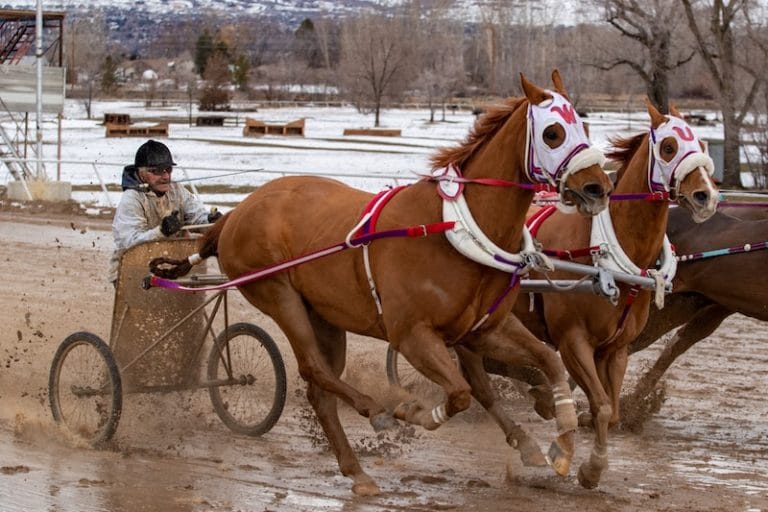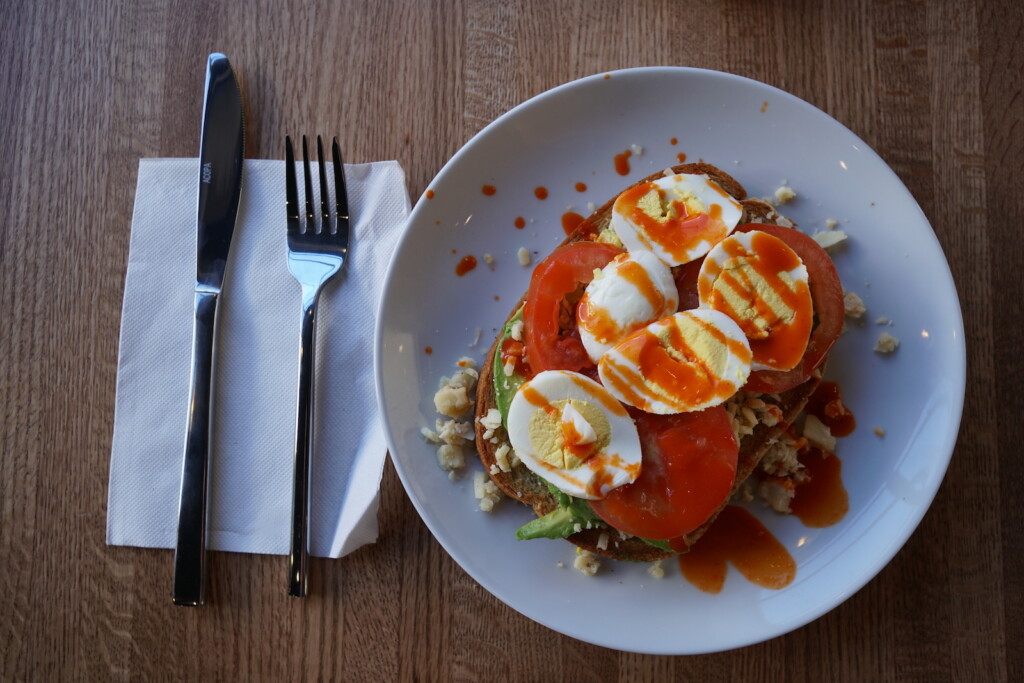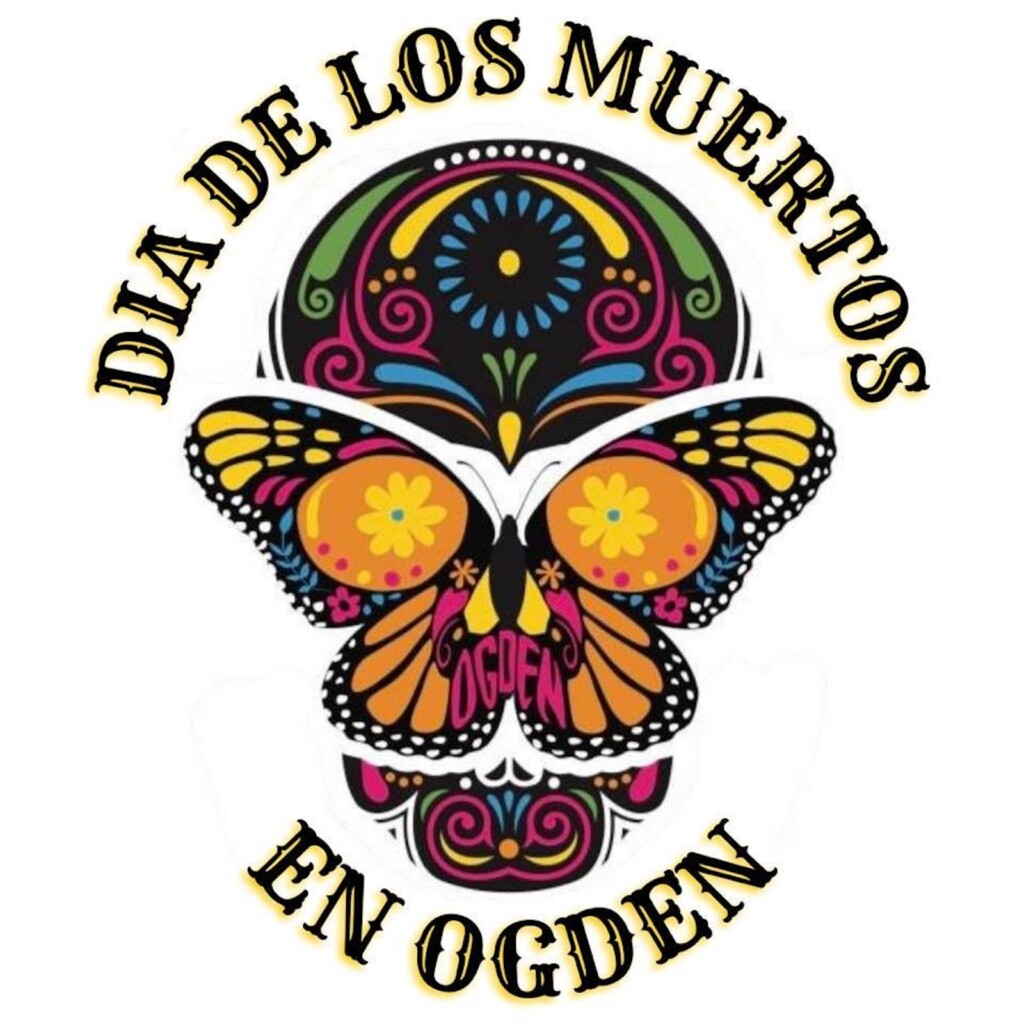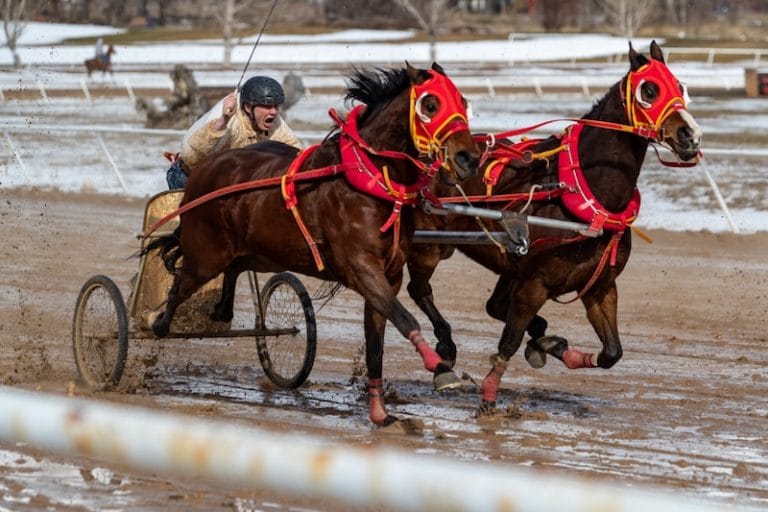
“It’s an adrenaline rush!” Fourteen-year-old Hutch Udy from Tremonton lights up as he shares his plan to continue in his family’s 70-year old tradition of chariot racing.
On a balmy winter day in Ogden, the Golden Spike Arena grandstand is filled with eager spectators awaiting the starting gate to open. “And they’re off!” the starter shouts. Two chariots abreast, pulled by teams of muscled quarter horses, lunge full speed ahead. The crowd roars, cheering for their team. For 440 yards (a quarter-mile) the announcer calls the position of each team over the short stretch and to the finish line; 23 seconds of excitement and it’s over!
After the race results are called, the onlookers have only a few minutes to catch their breath as the pony horses come to escort the teams back to their trailers and guide a new team to the starting gate. The anticipation builds yet again as the next exhilarating race commences with fresh teams.
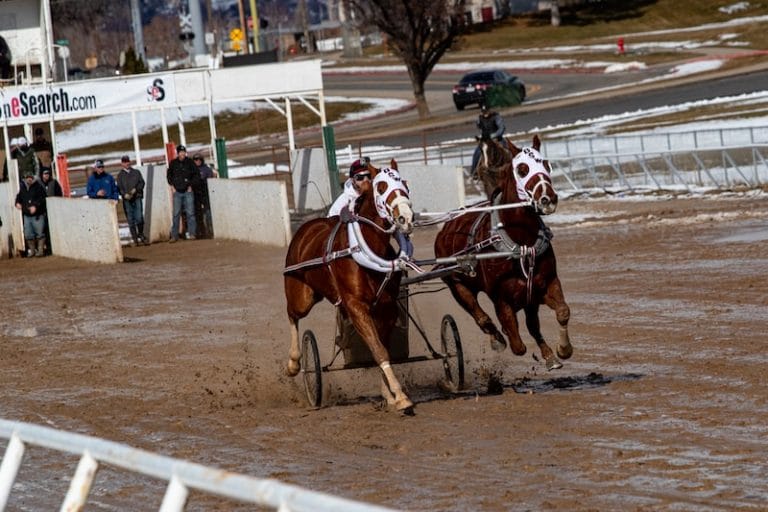
Meanwhile, on the backside, the keepers cool the horses after their run, often taking up to 30 minutes to get heart rates and temperatures back to normal. Then the pampering begins for the well-deserving athletes. Whether they win or lose, they are all treated like champions after each race. Baths, massages, wraps, and a lot of love go into the post-race care. Peggy, a horse owner,said, “We care for our horses 24/7. We eat, drink and breathe them. Their care and safety is our number one priority.”
The teams mostly come from Idaho, Wyoming, and Utah. Jason Udy of Tremonton, recalled the story of cutter and chariot racing being passed down in his family from his father and grandfather. His love of the sport and for the horses in his care is quite contagious. Jason is teaching his son, Hutch, the same love and respect. “We love our horses. We are with them every single day. They eat before we do,” Jason explained, as Hatch nodded in confirmation. “This is more than a hobby. It’s all about friends and family. That’s why we do it.”
One of the other racing teams expounded on the importance of teamwork and family. “Not one of us can do this on our own. It takes all of us working together to make this work.”
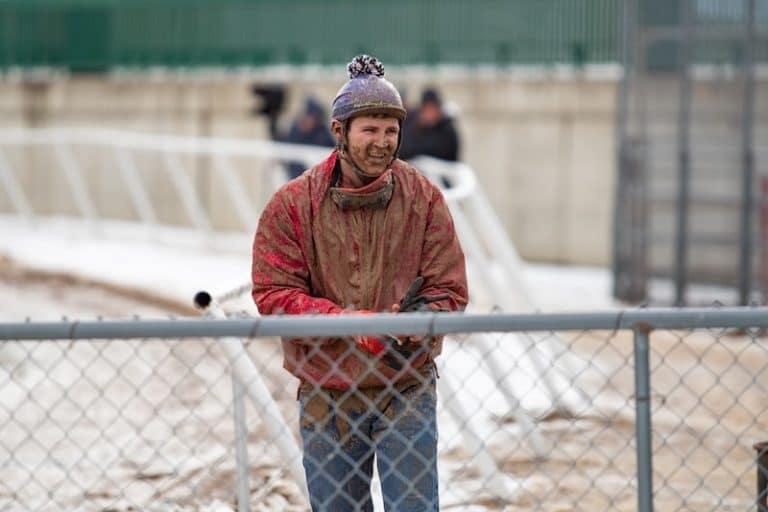
Jason’s uncle, Jess Udy, has been racing his chariot teams for the last 55 years. His team of champion geldings, 5-year-old Four Square and 7-year-old Train Story, have won the last four events. That is a record-winning streak. When asked what it takes to have a championship team, he answered with a grin, “A good horse and a lot of luck.” “And a good trainer,” another man called out from a nearby pick-up truck—most likely the trainer. “These horses have a good disposition,” Jess added. “I just keep scratching my head and thinking that maybe we do have something here.”
Chariot racing is the modern iteration of cutter racing—one of the oldest of the equine sports—dating back to the ancient Olympics. If images of the film Ben-Hur pop in your head, you would be correct. In the Mountain West, the sport gained popularity in the 1920s. Farmers would pass the winter months racing their sled wagons on the main streets using their workhorses. Over time, the sleds evolved into lightweight wheeled chariots, and by the 1980s, the equipment became standard and chariot racing took off.
The Golden Spike Arena and track were built in 1988. Before that, the races were held in varying locations, including private farms and fields. The team members today agreed that this is the best track and that is why so many of them are willing to travel the distance each weekend of the season.
See you at the races!
